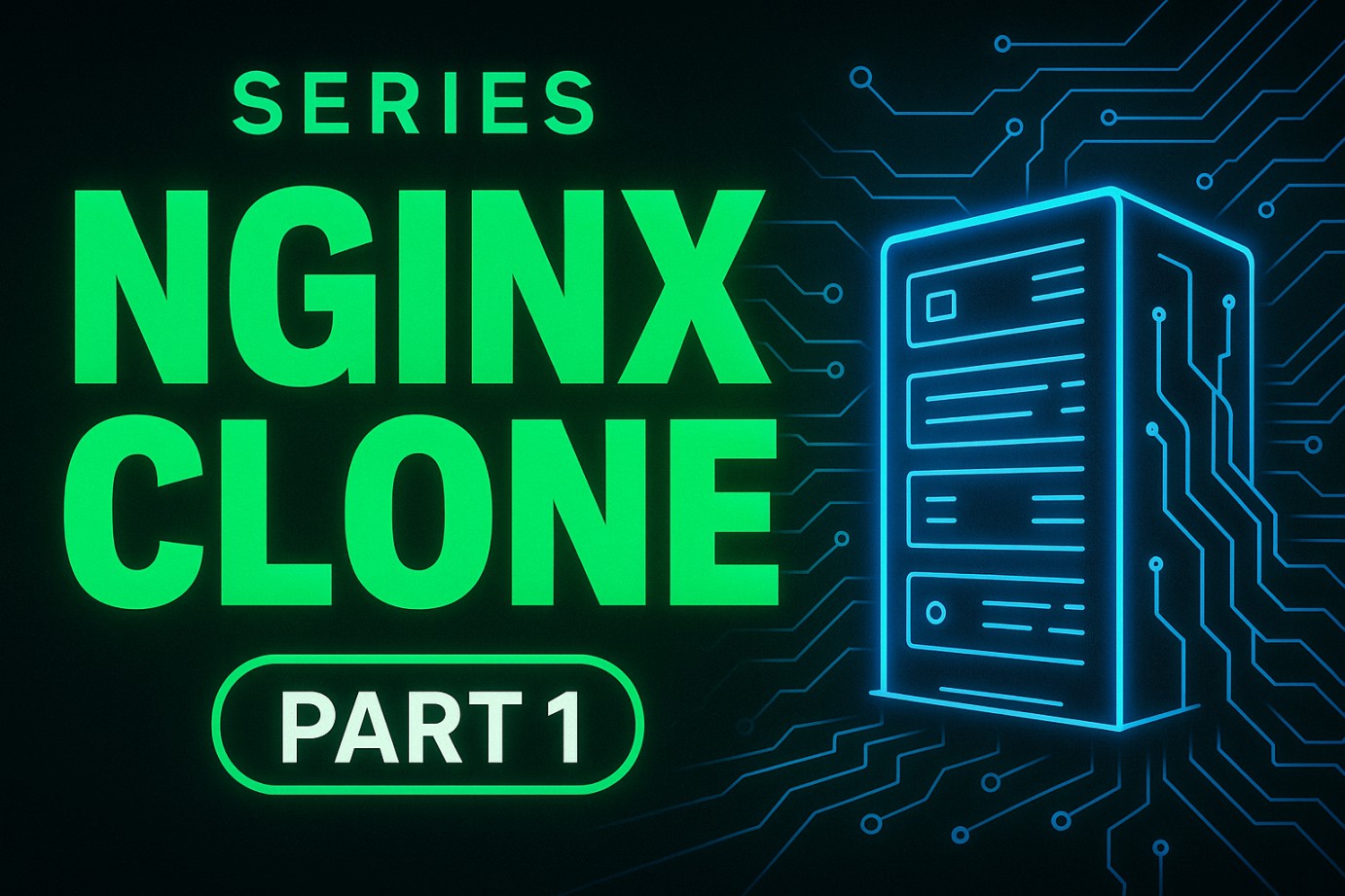Blockchain technology, the backbone of Web3, has revolutionized various industries by introducing decentralized systems. However, its environmental impact, particularly concerning energy consumption, has been intensely debated. This article delves into the ecological implications of blockchain technologies, comparing different consensus mechanisms, and exploring emerging eco-friendly solutions.
Table of Contents
Energy Consumption in Blockchain
Proof-of-Work (PoW)
Proof-of-Work is the original consensus mechanism used by many blockchain networks, most notably Bitcoin. In PoW, miners compete to solve complex mathematical puzzles to validate transactions and add new blocks to the blockchain. This process requires substantial computational power, leading to significant energy consumption.
Recent data indicates that Bitcoin’s annual energy usage surpasses that of entire nations, consuming approximately 169.70 terawatt-hours annually, more than Poland’s total energy consumption.
Proof-of-Stake (PoS)
In response to environmental concerns, the blockchain community has been transitioning to more sustainable models. Proof-of-Stake has emerged as a viable alternative, drastically reducing energy requirements by selecting validators based on the amount of cryptocurrency they hold and are willing to “stake” as collateral.
Ethereum’s shift from PoW to PoS in 2022 exemplifies this move, resulting in a reported energy consumption reduction of over 99.9%. This transition underscores the potential of PoS to mitigate the environmental impact associated with blockchain operations.
Emerging Eco-Friendly Solutions
Proof-of-Authority (PoA)
Proof-of-Authority relies on a small number of trusted validators to approve transactions, reducing the computational load and energy consumption. This mechanism is particularly suitable for private or consortium blockchains where validators are pre-approved and known entities.
Proof-of-Space-Time (PoST)
Proof-of-Space-Time utilizes unused storage space rather than high-power computation, minimizing environmental impact. Chia (XCH) is an example of a cryptocurrency employing this mechanism, aiming to create a more sustainable blockchain network.
The Role of Renewable Energy
While transitioning to energy-efficient consensus mechanisms is crucial, integrating renewable energy sources into blockchain operations further enhances sustainability. Some blockchain networks and mining operations are actively seeking to power their activities using renewable energy, thereby reducing their carbon footprint.
Challenges and Future Directions
Despite the advancements in creating eco-friendly blockchain solutions, several challenges persist:
- Scalability: Ensuring that energy-efficient consensus mechanisms can handle a high volume of transactions without compromising performance.
- Security: Maintaining robust security measures to protect against attacks, especially as new consensus mechanisms are developed and implemented.
- Adoption: Encouraging widespread adoption of sustainable practices within the blockchain community, which requires collaboration among developers, miners, and users.
Conclusion
The environmental impact of blockchain technology is a critical consideration in the advancement of Web3. Transitioning from energy-intensive consensus mechanisms like Proof-of-Work to more sustainable alternatives such as Proof-of-Stake, along with the integration of renewable energy sources, represents significant steps toward reducing the ecological footprint of blockchain operations.



